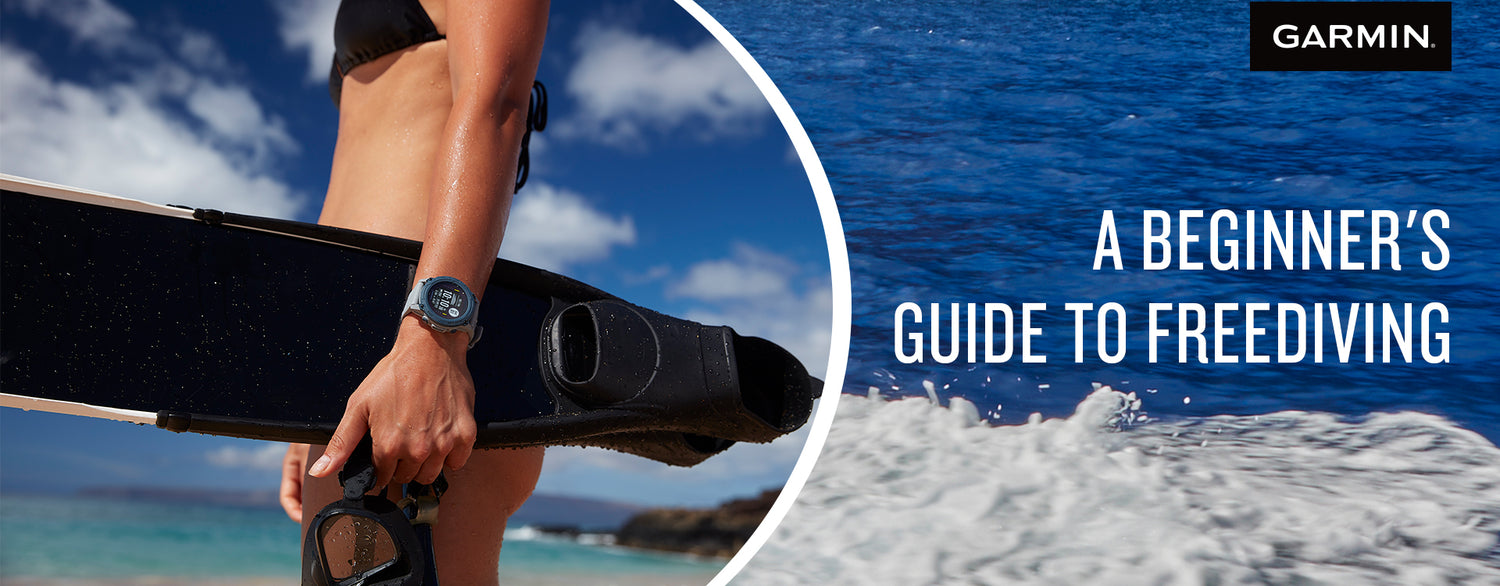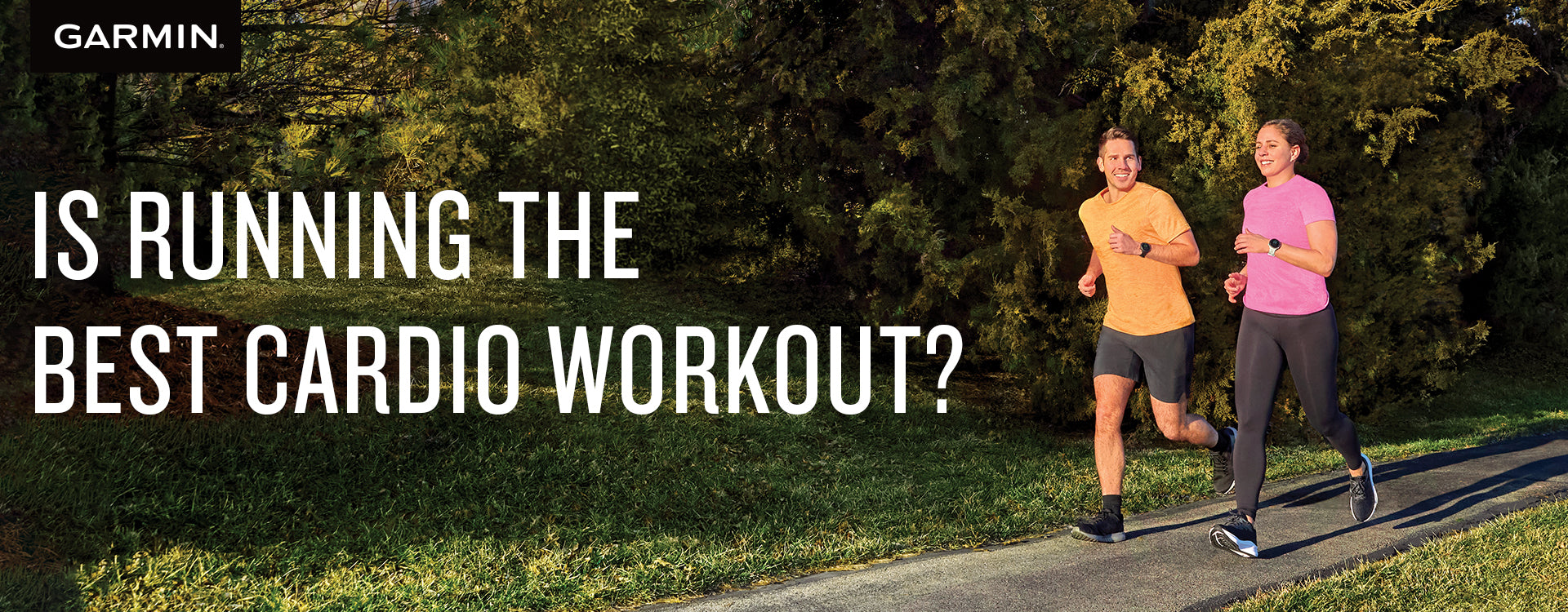
Freediving is considered one of the most extreme sports where uncertainty follows you around. With uncharted territories and the unpredictability of the deep waters, anything can happen and your safety hangs in a balance.
On the bright side, freediving is also known to be the perfect way to reconnect with the sea and explore the depths of the oceans with minimal impact. Some people freedive for the personal challenge, but for many, one of the benefits of freediving is the silence and calm it brings to one’s life.
Many have tried and many have succeeded in pursuing this passion, and if you’re reading this blog, well you might be one of those people who want or plan to take on this exciting and challenging adventure. But before diving into the deep blue sea, you’ll need to start with the basics of what you’ll be needing underwater.
Things to Prepare Before Freediving
Mask
As you descend into the sea, masks are one of the primary gears you’ll need to be able to attain vision while you’re underwater. The perfect freediving mask is recommended to have a lower volume of air inside as this lowers the air you’ll be needing from your lungs to equalize.
Equalize is a term used in diving where one gets air to flow from the throat to the ears through the opening of the normally closed eustachian tubes. Most divers are taught to equalize by pinching their nose and blowing gently. This gentle pressure opens the eustachian tube, letting air flow gently to the middle ear.
You also want your mask to have clear lenses as much as possible so you can clearly see and assess the condition of your companions and they can do the same for you. Freediving can be really dangerous, so along with your gears and devices, make sure you have someone with you who is capable and knowledgeable in freediving.
Snorkel
One of the main reasons why free divers use snorkels is so they can breathe steadily and comfortably from the safety of the surface, while viewing underwater conditions. Freediving snorkels should be as simple as possible for ease of use and hydrodynamics under the water.
First, you should look for a soft silicone mouthpiece that is comfortable that you don’t even notice it in your mouth. Second, you should consider buying a simple, straight, or slightly curved bore. And lastly, take into consideration the ease of attaching it to your mask or a flotation device.
Fins
Fins are also one of the most important diving gears you’ll be needing under the sea. These gears help you maneuver your way through the waters. As it is challenging to move with the currents of the water, fins give you more control over your dive and let you cover more distance without exerting too much effort.
One of the things to consider when getting fins is its length, as longer fins enable you to create more power with every kick. Getting full-foot fins or the full-coverage fins is also a big thumbs up because these enable you to get the maximum transference of power from the leg down to the fin. And lastly, try getting those inexpensive fin retainers or rubber straps that are worn around the ankle to prevent your fins from falling off your foot during uncertain times.
Wetsuit
Wearing the suitable garments for freediving is also important. Most people would think bikinis and swimming trunks are already enough to start freediving. But wearing proper clothing such as a wetsuit is a must in order to shield the body from any harmful elements like jellyfish stings, the sun, or other hazards in the water. Additionally, wetsuits are made to keep the diver warm during diving expeditions on a deeper level.

Weight belts
Weight belts are used to offset the buoyancy of the freediver and their exposure protection. The primary types of weighting systems used by freedivers are weight belt, neck weight, and weight vests. A weight belt offsets the positive buoyancy of the body, making it easier for divers to descend and then stay down.
Also keep in mind that when getting a weight belt, you should consider the following:
-
Flexibility. This is so that they can be worn tight on the hips and prevent it from falling off when you’re upside-down in the water. It also means it’ll stay tight, even when you and your wetsuit are compressed under pressure at depth.
-
Worn on the hips. So that there is nothing to restrict free abdominal breathing.
-
Quick-release. If in trouble, either the diver or their diving buddy can release the belt with one pull, improving buoyancy and helping the diver in trouble to return to the surface.
A freediving lanyard is also advisable for recreational depth training dives, more so on deeper dives where the visibility is poor. The lanyard connects the diver to the line and can be brought up easily to the surface in case of emergency.
Dive computer
A dive computer is a specialist diving watch that fulfills many functions, from safety up to your training. This device is worn on your wrist where you can view useful data to aid you in achieving maximum enjoyment and safety during your dives.
The vast and deep water can be tricky, and exploring these uncharted territories is dangerous if you are not properly geared up. With a dive computer, you can monitor and view useful information such as your surface interval time where you learn how long you’ve been spending time underwater and alerts you when the perfect time is to resurface.
Getting a reliable dive computer can be tough and challenging because there are a lot of things you need to consider before purchasing. As freediving is considered to be an extreme sport, your safety is hanging by a thread and you’ll be needing the right equipment to experience the full potential of the sport.
Why the Garmin Descent G1?

Luckily, Garmin, one of the leading brands in designing devices that help users achieve the full potential of their new adventures, launched the all-new Descent G1 dive computer series. This latest technology features 6 dive modes that satisfy all of its users’ needs from recreational to technical freediving.
It offers a solar-powered charging lens that converts solar energy to actual power that keeps the dive computer up and running for up to 25 hours in dive mode. You can also better guarantee your dive safety by setting tone and vibration alerts for a full range of variables including depth, dive time, ascent speed, and decompression / safety stop completion. It also offers you the enjoyment of recording your dives via the Garmin dive app where you can see your logs and other relevant information to help you improve your next diving performance.
With a reliable dive computer like this, you can now take on a new adventure with the assurance of your safety. Furthermore, this dive computer series can also be the perfect partner for your adventures offshore where you can connect, train, and maintain your fitness activities as it offers an all-day health monitoring and connectivity on-the-go.
So what are you waiting for? Gear up with the Descent G1 dive computer and get ready to descend to greatness with new explorations and adventures that will take you on the dive of your life.





Leave a comment
All comments are moderated before being published.
This site is protected by reCAPTCHA and the Google Privacy Policy and Terms of Service apply.